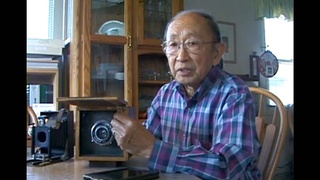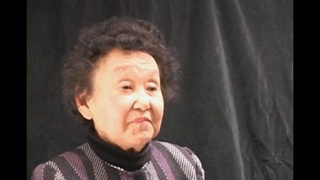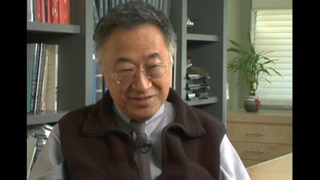Interviews
Leaving a camp to attend college
Well, I was one of the first ones I think to actually get released, although there are a lot of people that put their names in, and you had to get clearance from six different sources, the army, the navy, the FBI, this, this … local city, whoever is going to receive you, and the school that is going to accept me. The first people to get were to go to school.
So the American Friend Service Committee had a committee that worked hard to help us get this done, and the WRA set up relocation offices in the largest cities all over. Now, I went to Springfield College because that’s the YMCA training school, and I started my YMCA work just before Pearl Harbor in 1941. 1941, June, I started the Japanese YMCA. So I thought this would be wonderful chance to continue my education. So I was glad to get out.
Date: March 4, 2005
Location: California, US
Interviewer: Florence Ochi, Art Hansen, Yoko Nishimura
Contributed by: Watase Media Arts Center, Japanese American National Museum












